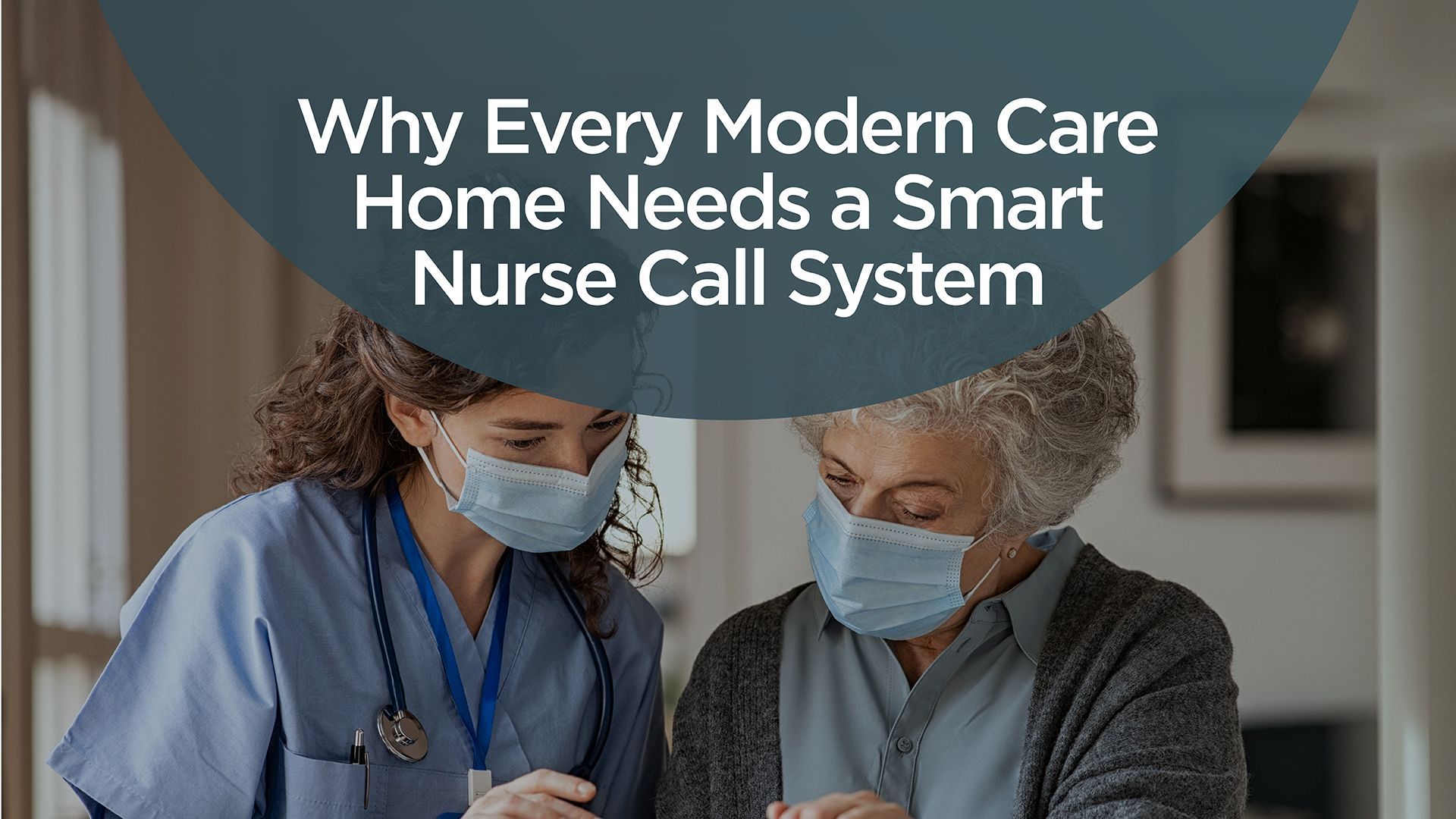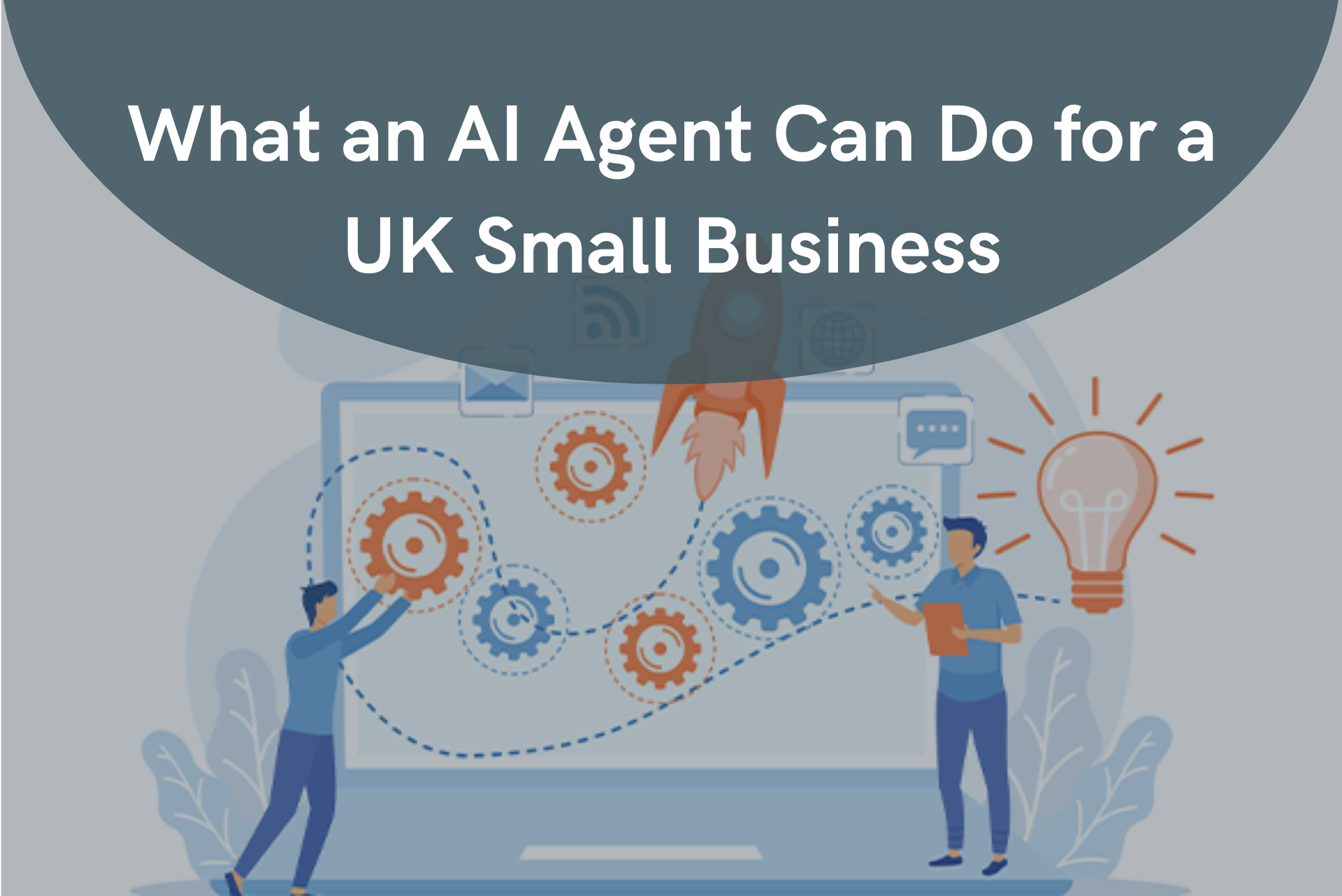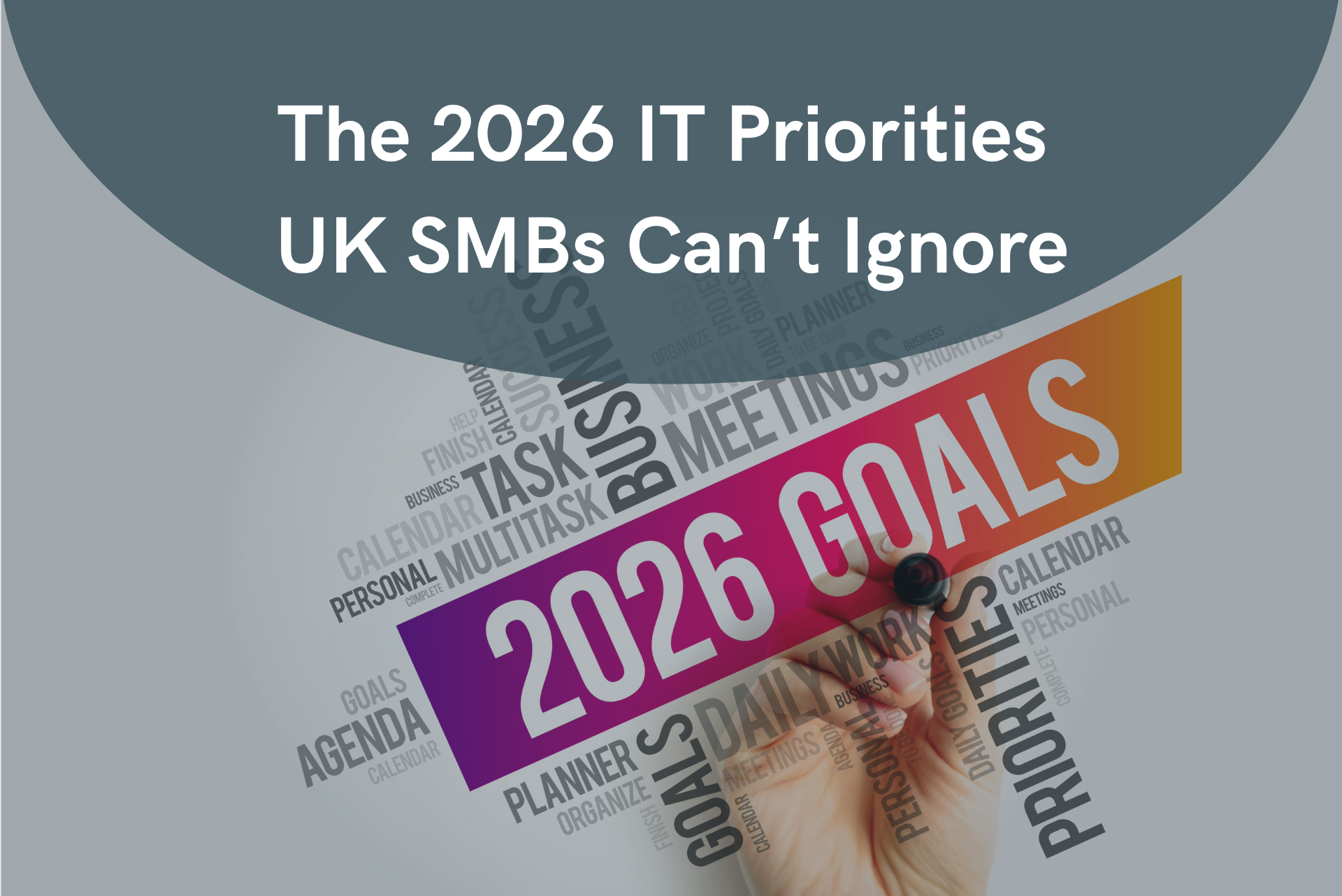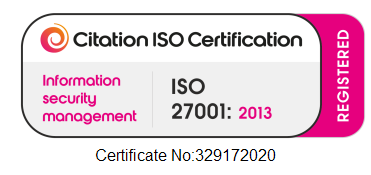Why Every Modern Care Home Needs a Smart Nurse Call System
Resident safety and staff responsiveness are at the heart of quality care.

As care home requirements evolve, modern nursing call systems are no longer optional they’re an essential backbone for high-quality, safe and efficient elderly care.
1. Enhanced Resident Safety & Fall Reduction
Smart systems now integrate AI-enabled motion and acoustic sensors that detect risks like getting out of bed and alert staff before accidents happen. Trials in UK homes have shown fall reductions of up to 80% and response times cut to under two minutes. Traditional buttons still exist, but systems now go far beyond simple push-to-call mechanisms.
2. Predictive & AI-Driven Alerts
AI-based ‘intelligent’ nurse call platforms use predictive analytics to detect behaviours that precede falls, health deterioration, or agitation. These systems can prioritise alerts, reduce false alarms, and help staff act proactively rather than reactively.
3. Real-Time Location Services (RTLS)
Modern nurse call systems increasingly incorporate RTLS using Bluetooth LE or RFID, so staff can immediately locate the resident in need, reducing wasted time and streamlining response logistics in larger facilities or during emergencies.
4. Mobile Integration & Workflow Efficiency
Instead of relying on a central station, caregivers receive calls and data via smartphone apps or DECT devices. Staff can view priority, resident identity, and location on-the-go. This mobility increases responsiveness and helps balance workloads across teams.
5. Seamless Integration with Other Systems
Top-tier nurse call systems now tie into electronic health records (EHRs), smart sensors, fire alarms, and air quality monitors. This creates a safer, more coordinated digital care infrastructure and supports holistic resident oversight.
6. Compliance, Analytics & Reporting
Every call is time-stamped, tracked, and stored. This supports compliance with regulations like HTM 08-03 and enables performance dashboards, staffing insights, and audit-ready records all from one unified platform.
7. Scalable & Flexible Deployment
Whether in a converted older building or a new facility, modern systems offer wired, wireless or hybrid installation options. Scalability lets operators start modestly and expand features—such as nurse-view dashboards or interactive room touchscreens as needs evolve.
Emerging Technology Trends in Care Home Infrastructure
Robotics & Automation
Robots are being used for mobility assistance, delivery of meals or cleaning tasks, easing staff burden and improving resident quality of life. Prototypes like MIT’s “EBAR” robot may arrive in care homes within five to ten years.
Smart Wearables & Remote Monitoring
Wearable health monitors can track vitals in real-time, detect falls or distress, and signal staff immediately. These devices are increasingly integrated into AI platforms that trigger alerts or adjust care plans proactively.
Ambient Pressure Sensors & Comfort Automation
Systems now monitor environmental variables like air quality or temperature and adjust them automatically. AI can even detect pain in residents with dementia via facial-expression recognition.
Key Benefits of a Modern Smart Nurse Call System
| Benefit | Description |
|---|---|
| Safety & Prevention | AI-enabled alerts reduce falls and distress before they happen. |
| Faster responses & tracking | RTLS pinpoint locations, while mobile alerts reach staff instantly. |
| Better integration | Unified data flow across health records, alarms, and sensors. |
| Staff optimization | Mobile workflows reduce burden and support better team efficiency. |
| Data-driven oversight | Analytics support planning, compliance and continuous improvement. |
| Scalable to your facility | Adaptable system architecture fits both retrofit and new builds. |
Choosing the Right System: What to Look For
- AI & Predictive Technologies — systems that reduce alarm fatigue and anticipate resident needs.
- RTLS Capability — accurate location tracking for resident and staff dispatch.
- Mobile Accessibility — apps or devices for alerting staff anywhere, anytime.
- Interoperability — EHR, sensor, alarm and automation integration.
- Compliance & Reporting Tools — logs, dashboards, audit capabilities.
- Flexible Installation Options — wireless, wired, or hybrid to suit your site.
- Vendor Support & Track Record — real-world installations and ongoing support.
Why Care Homes Need to Act Now
- With the global nurse call systems market projected to grow from ~$2.4 billion in 2025 to ~$5.6 billion by 2032, adoption is accelerating across care settings.
- Staffing pressures and rising resident acuity mean care homes need tools that enhance safety and efficiency without increasing headcount.
- Early adopters in the UK, Japan, the US, and Europe are proving that smart systems lead to measurable gains: fewer falls, faster response, better resident satisfaction, and lower staff turnover.
Smart nurse call systems in 2025 are more than just buzzers they’re AI-powered care platforms. They drive safety, efficiency, and dignity for residents, while making staff workflows more effective and measurable. As technology converges from wearables and robotics to ambient monitoring these systems are integrally evolving the future of residential care.
Time to move from reactive to predictive, from fragmented to integrated, and from outdated to future-ready. If you're planning upgrades or facility builds, investing in a smart nurse call system today is one of the most impactful healthcare decisions you can make.
Are you ready to upgrade your nurse call system to current challenges?




